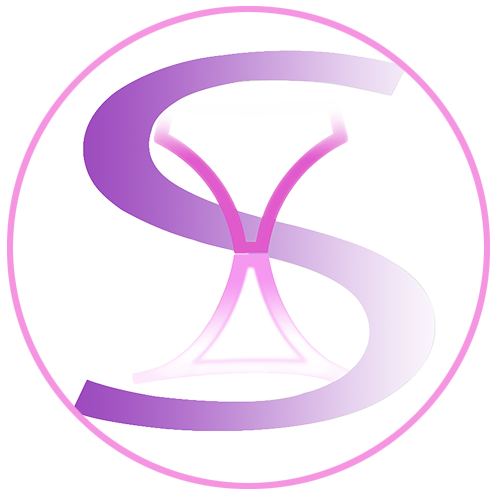Are you frustrated with inconsistent fabric quality in your production process? Perhaps your current materials don’t quite meet the demands of your market, or you’re constantly juggling quality, costs, and lead times. This is where fabric selection and process optimization can play a pivotal role. By choosing the right materials and refining manufacturing processes, you can elevate your brand’s value, meet customer expectations, and ensure seamless production—all while keeping costs under control.

1. The Importance of Fabric Selection
When working with large-scale production, especially in the apparel industry, choosing the right fabric is the foundation for a successful product line. Whether you're designing seamless bras, lingerie, or custom bodysuits, the fabric defines both the quality and the experience your product offers.
Different markets demand different features—what sells in Russia may be vastly different from what attracts customers in the U.S. For instance, seamless bras are highly popular in the Russian market due to their comfort and fit, while the U.S. market might prioritize eco-friendly, sustainable materials.
To meet these diverse needs, it’s crucial to invest time in fabric selection. After all, the texture, durability, elasticity, and even breathability of the material will dictate whether your products meet customer expectations.
2. Key Factors to Consider in Fabric Choice
Here are the primary factors to consider when selecting fabrics for your production line:
- Material Composition: Natural fibers like cotton offer breathability, while synthetic fibers such as nylon or polyester provide durability and stretch. In lingerie production, a balance between comfort and elasticity is essential.
- Durability: Consider whether the fabric can withstand multiple wash cycles without losing shape or color. This is particularly crucial for intimate wear such as seamless bras or bodysuits that consumers use daily.
- Cost Efficiency: Balancing quality with cost is essential for maintaining profitability. For example, while high-end organic cotton might appeal to eco-conscious consumers, it could drastically affect your margins.
- Certifications: Many markets, especially in Europe, require fabrics to meet specific certifications. For instance, Xiesheng complies with certifications such as OEKO, ISO9000, and BSCI. This not only boosts your product's credibility but also reassures customers regarding safety and sustainability.
- Customization Options: To differentiate your brand, you might need customized fabrics that cater to specific needs like anti-bacterial properties, moisture-wicking, or UV protection. Offering these value-added features can set you apart in competitive markets.
3. Process Optimization: Boosting Efficiency
Once you've chosen the right fabric, the next step is optimizing your production processes. This can help reduce lead times and keep costs under control without compromising quality.
Key areas for optimization:
- Automation: Integrating automated cutting and stitching systems can significantly reduce human error and speed up production times. Automated processes allow you to scale more efficiently and ensure consistency in your products.
- Quality Control (QC): Introducing QC checkpoints at various stages of production can catch defects early, preventing costly reworks. For example, ensuring fabric consistency before the cutting stage can avoid future issues in the final product.
- Lean Manufacturing: Implementing lean principles, such as reducing waste in both materials and time, can drastically improve your margins. Techniques like just-in-time (JIT) manufacturing allow you to reduce inventory costs by receiving fabric only when it’s needed for production.
- Supplier Collaboration: Building strong relationships with your fabric suppliers ensures timely delivery, better pricing, and the opportunity for innovation in materials. Consider working with suppliers who offer reliable lead times and bulk discounts, as Xiesheng does, to enhance profitability.
4. Case Studies: Successful Applications of Fabric and Process Strategies
- Case 1: A Seamless Bra Manufacturer for the Russian Market
A seamless bra manufacturer targeting the Russian market faced challenges with inconsistent fabric elasticity. By switching to a fabric with a higher percentage of spandex, and optimizing their cutting processes, they improved fit and durability, which led to a 20% increase in repeat orders within 6 months. - Case 2: Custom Bodysuit Production for a European Brand
A European brand required eco-friendly fabrics for its bodysuit line. Xiesheng provided certified organic cotton and implemented a streamlined, eco-conscious production process. Not only did this reduce their carbon footprint, but it also met the stringent EU certifications, leading to a 15% premium in product pricing without losing sales.
5. Conclusion: Combining Fabric Selection and Process Optimization for Long-Term Success
For any business aiming to scale in today’s competitive landscape, both fabric selection and process optimization are critical. By focusing on the right materials that align with market needs and optimizing your manufacturing process, you not only improve product quality but also reduce costs and lead times.
At Xiesheng, we offer a wide range of fabrics, from seamless materials to fully customizable textiles, ensuring your products meet both quality standards and customer expectations. Our expertise in process optimization, supported by our in-house factory and professional team, allows us to consistently deliver high-quality products on time.


